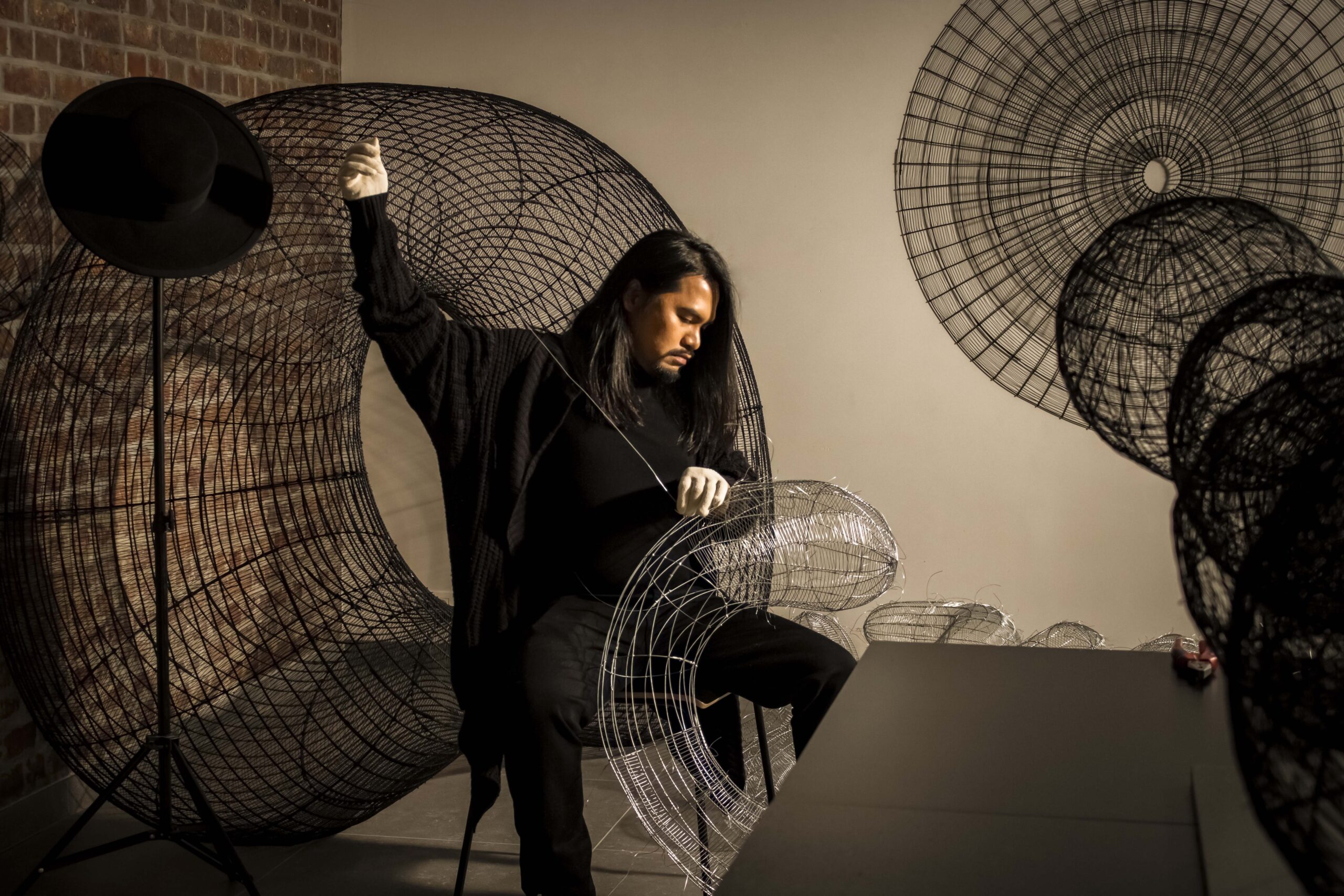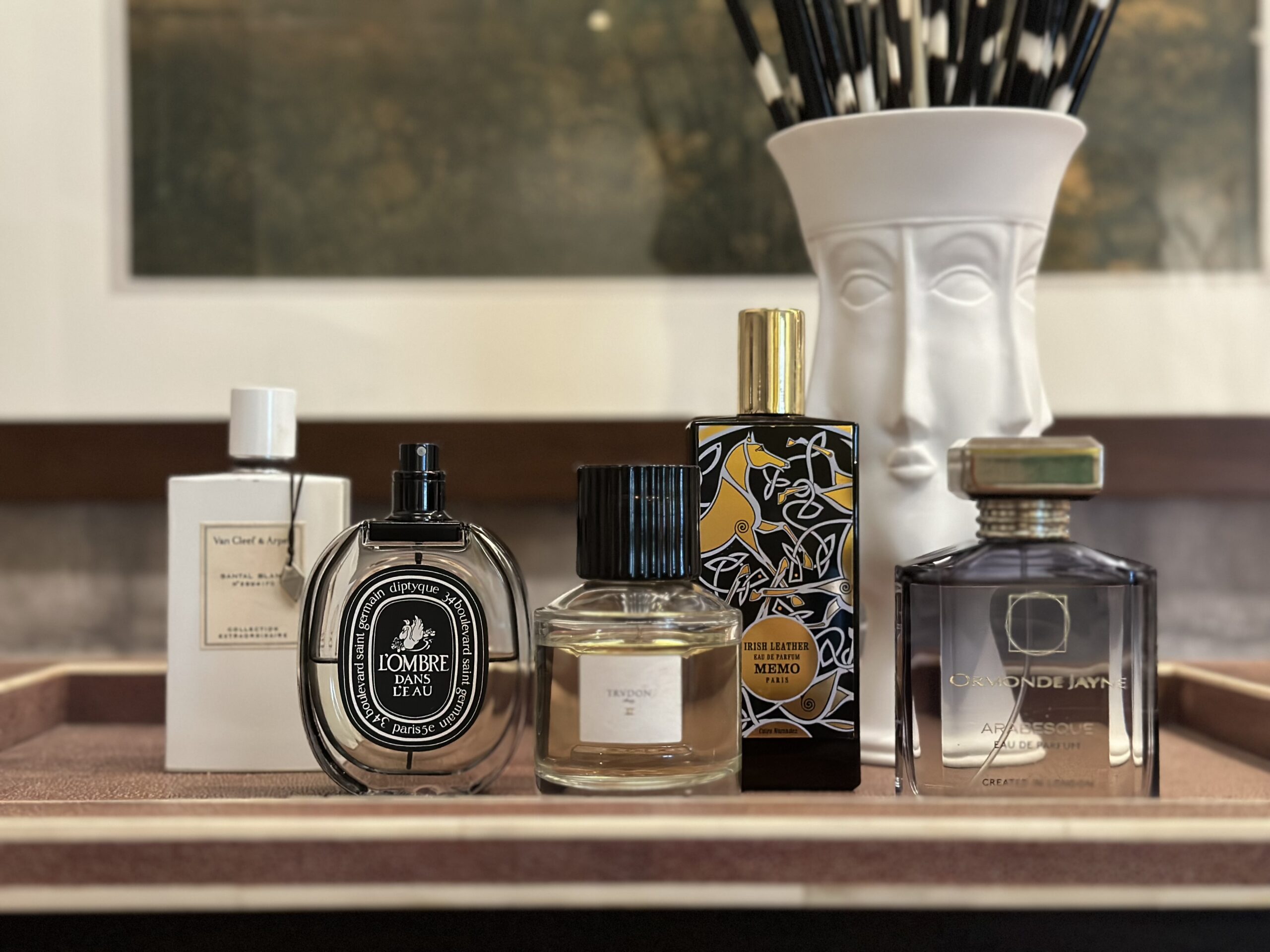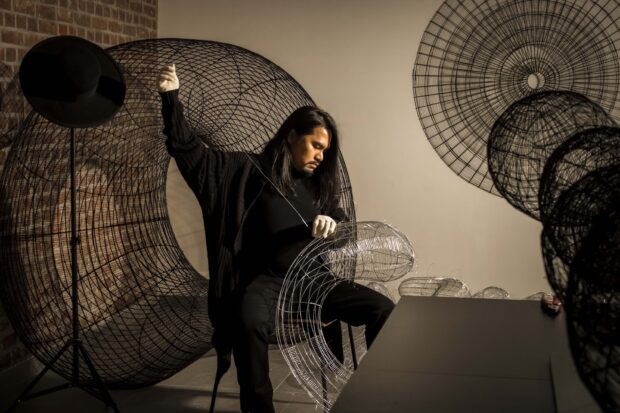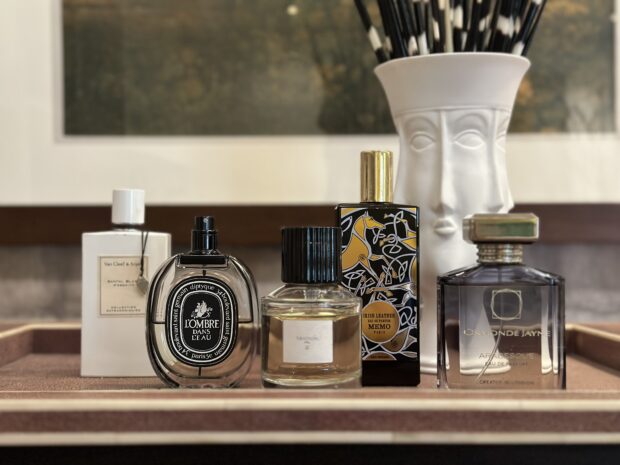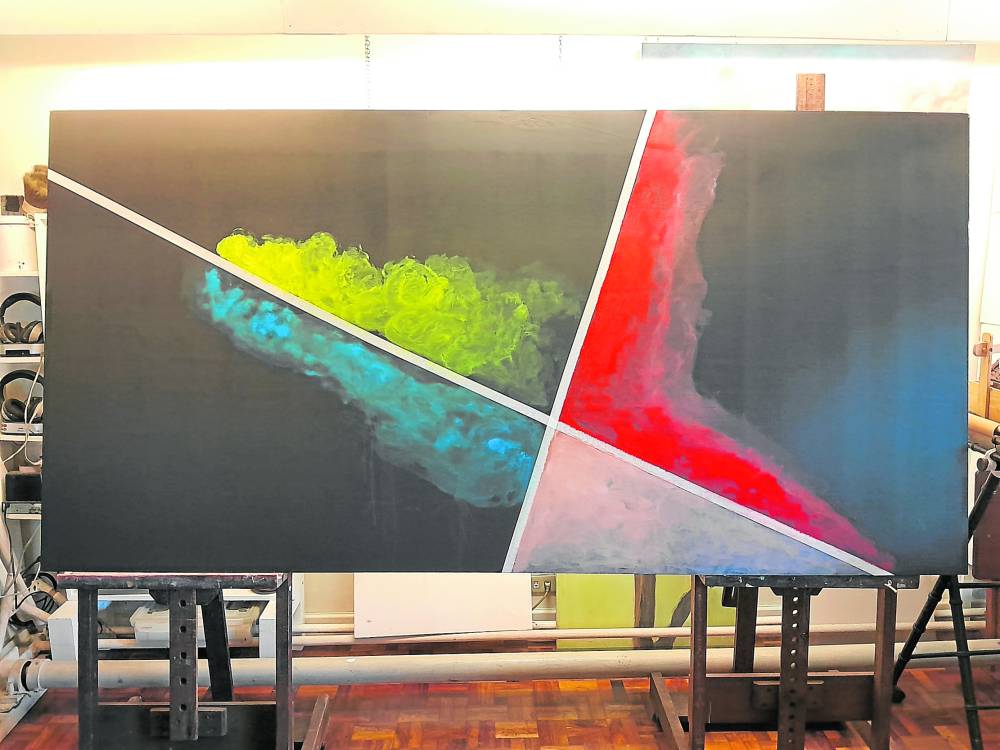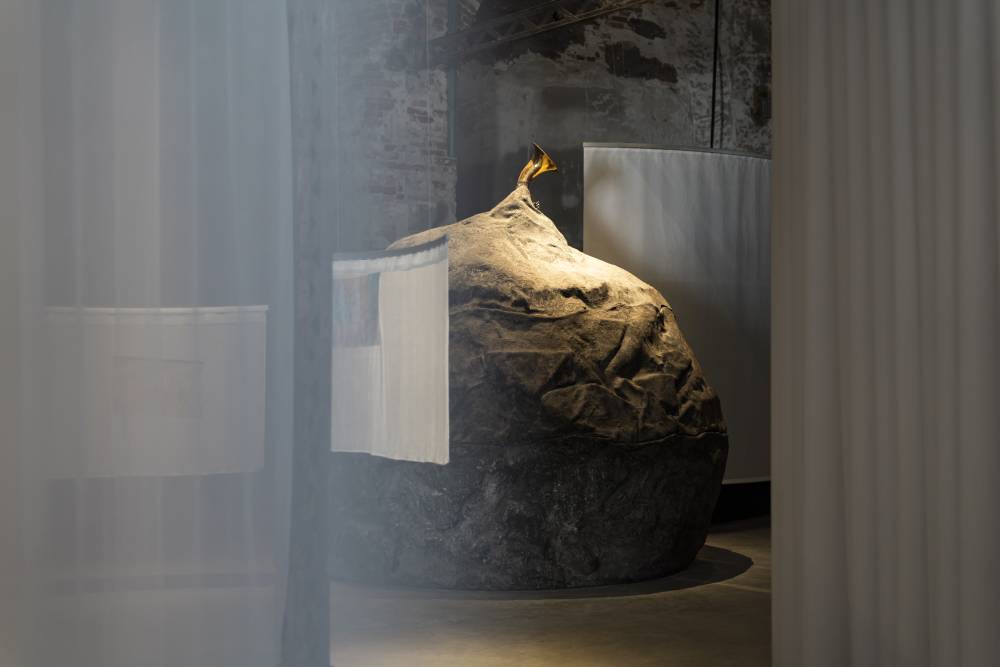Below are excerpts from the statement of the Catholic Educational Association of the Philippines (CEAP) on the “Kulo” controversy:
And they spat at him. Continually striking Jesus on the head with a reed and spitting at him, they genuflected before him and pretended to pay him homage. (Mark 15:19)
This is how the evangelist Mark describes Jesus as He was led to his crucifixion. Jesus never retaliated, but voluntarily gave Himself up unto death for the forgiveness of sins.
Last week, we were happy to know of a 12-year-old girl named Janella Lelis of Albay who braved the floods during the onslaught of typhoon Juaning to save the Philippine flag from ruin. This inspires us. It is a vivid picture of respect, bravery and nationalism. Such an act uplifts the human spirit in the face of calamities.
But we are saddened to know that “Politeismo,” a collage of religious icons mixed with phallic symbols, was put up specifically to provoke, as professed by its creator. Judging by its expressed purpose, it seemed successful. People said they were appalled, shocked and hurt.
Debasement
Thus, the Cultural Center of the Philippines (CCP) and the group that mounted the exhibit should not even be surprised if their exhibit elicited acts of vandalism, emotions of anger and disgust, and incited quarrel. We are saddened by the purported “artwork” that causes not the upliftment of the human spirit but its debasement.
We are, likewise, deeply saddened that officials of CCP had given their stamp of approval to this exhibit that evidently offended the sensibilities of many Catholics, Christians and well-meaning people.
What are the standards employed by CCP? We wonder whether CCP officials would have allowed the exhibit if José Rizal, or other national heroes, or icons of other faiths, had been the subject of such desecration.
Thus, we find it difficult to understand why this exhibit was displayed in what is supposed to be a shrine of Philippine culture and art.
We are confused by the position of some of those who support the exhibit, invoking rationality and freedom, yet do not realize the violence, intolerance and bigotry the exhibit does to believers and their faith.
While discrediting the importance of faith, they veer toward extremism to the point of persecuting believers and destroying what believers hold as sacred. While declaring freedom of expression, they negate the legitimate expressions of Christian faith.
Vulgar
The exhibit, while misrepresenting the Catholic faith and praxis, is vulgar. It professes freedom of expression but misunderstands the nature of freedom. It ignores the fact that the exercise of freedom, especially in the public sphere, is not limitless.
When free expression usurps the freedom of others, it constitutes an offense, thereby an abuse of the very same freedom. We need not forget that there are limits to freedom.
The Universal Declaration of Human Rights, Article 29, No. 2, states: “In the exercise of his rights and freedom, everyone shall be subject only to such limitations as are determined by law solely for the purpose of securing due recognition for the rights and freedom of others and of meeting the just requirements of morality, public order and the general welfare of a democratic society.” There is no authentic freedom without justice, respect, responsibility and truth.
We appeal to our fellow citizens, Catholics, Christians and non-Christians, believers or nonbelievers alike, to treat each other with respect.
Uphold Catholic tradition, Filipino heritage.
We call on all CEAP schools all over the country to fully understand that we need to take this issue seriously because we must uphold both the Catholic tradition and our Filipino heritage, which are intrinsically part of our identity as a people. We should take this as an opportunity to strengthen the catechetical programs in our schools.
Likewise, we encourage all our schools to do acts of penance, reconciliation and reparation for the sacrilege done against the signs and symbols of our holy faith, which is an affront against the very image of God.
We commit to continue to lead the Catholic educational community in responding creatively to these challenges by intensifying the work we are called to do in our education ministry.
Toward this end, CEAP, through its Religious Education Commission, shall prepare a module to educate the young generation and the public at large on the meaning of Christian sacred art and iconography. Through this instructional tool, we hope to teach our sacred tradition and continue to uphold the essential elements of the Catholic heritage.

